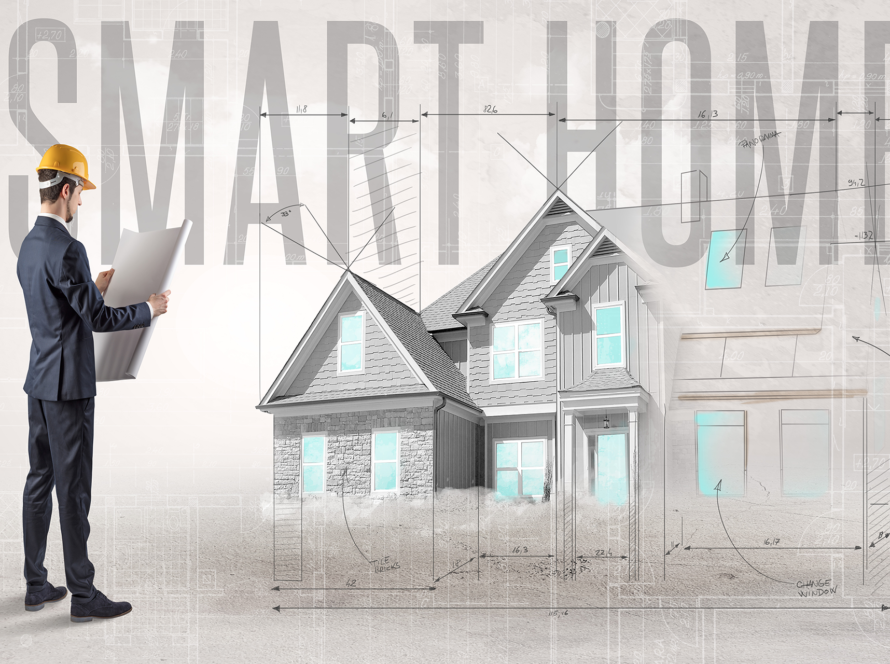Implementing a robust security alarm system is vital for safeguarding properties from potential threats. However, to ensure its effectiveness, it is crucial to minimize potential failures that could compromise its functionality. This article describes the right strategies to implement the alarm, the strategies include choosing the correct infrastructure and panel, selecting appropriate sensors, ensuring proper installation / placement, and conducting periodic maintenance.
Choosing a Proper Alarm Panel with a Stable Communication Channel
Alarm panel is the central control system of the alarm system, the quality of panel will impact the overall working performance of the alarm system.
- Choose a stable and consistent alarm panel: the quality of component and ability to accurately and consistently interpret the signal from alarm sensors are imperative. Having alarm panel from reputable company with established track record to be implemented for various type of buildings will minimize the risk of alarm panel failure.
- Install a stable infrastructure for communicaton between sensors and panels.Wired communication is generally more stable and less prone to interference compared to wireless communication. Wired communication with alarm panel ensures consistent communication, reducing the risk of signal disruptions and system failures. It provides a reliable connection to the monitoring center, ensuring timely alerts in case of an incident.
- Redundancy and Backup: Look for an alarm panel that offers redundant communication paths and backup power options. Redundancy ensures that even if one communication channel fails, the system can still transmit signals to the monitoring center. Backup power options, such as battery backups, ensure the system remains operational during power outages, minimizing potential vulnerabilities.
Choosing Proper Sensors to Fit the Environment
There are few importants factors to be taken into considerations.
- Minimize the usage of sensors with high sensitivity and have potentials to get disruptions from the external / environment. These sensors including certain type of motion sensors. There are many type of motion sensors with different quality and technology, usage of this sensors should be chosen carefully.
- Environmental Considerations: Evaluate the specific environment where the sensors will be installed. Take into account factors such as temperature, humidity, and the presence of pets or wildlife. Choose sensors specifically designed to operate effectively in the intended environment to minimize false alarms and maximize detection accuracy. For example, in areas with high humidity or extreme temperatures, opt for sensors with weather-resistant features.
Proper Placement
Proper sensor placement plays a critical role in the effectiveness of a security alarm system. Consider the following placement considerations:
- Solid and Stable Structure/Surface: Ensure that the surface or structure where the sensors are attached is solid and stable. This helps prevent false alarms caused by vibrations or movement in the mounting surface. For example, when installing window or door sensors, ensure they are securely affixed to the frames or surfaces to prevent accidental triggering.
- Illumination: Adequate lighting is important for accurate detection. Install sensors in well-illuminated areas to enhance their effectiveness. Dark spots can hinder the sensors’ ability to detect suspicious activities accurately. Consider integrating security lighting systems or utilizing motion-activated lights to provide ample illumination in key areas.
- Position: Pay attention to the position of the sensors. Consider the optimal height and distance for each sensor type to cover the desired area effectively. For example, motion sensors should be positioned at an appropriate height and angle to detect motion within the desired range. Conduct a thorough assessment of your property to identify vulnerable areas and strategically position sensors to ensure comprehensive coverage.
- Avoid Signal Obstructions: Ensure that there are no obstructions that may interfere with the sensors’ signals. Objects such as furniture, curtains, or vegetation should be kept away from the sensors’ field of view. Maintain a clear line of sight to maximize the sensor’s effectiveness.
Proper Maintenance
Regular maintenance is essential to keep the security alarm system in optimal condition. Consider the following maintenance practices:
- Regular Testing: Test the system regularly to ensure all components, including sensors, are functioning properly. Verify that the alarm signals are transmitted to the monitoring center as intended. Conduct tests for different scenarios, such as intrusions, fire alarms, or panic alarms, to ensure the system responds appropriately.
- Battery Replacement: Replace batteries in sensors, control panels, and other components as recommended by the manufacturer. Weak or dead batteries can lead to system failures. Regularly inspect battery levels and replace them promptly to maintain the system’s reliability.
- System Updates: Keep the alarm panel and associated software up to date with the latest firmware and security patches. Manufacturers often release updates to address vulnerabilities or improve system performance. Regularly check for updates and apply them in a timely manner.





